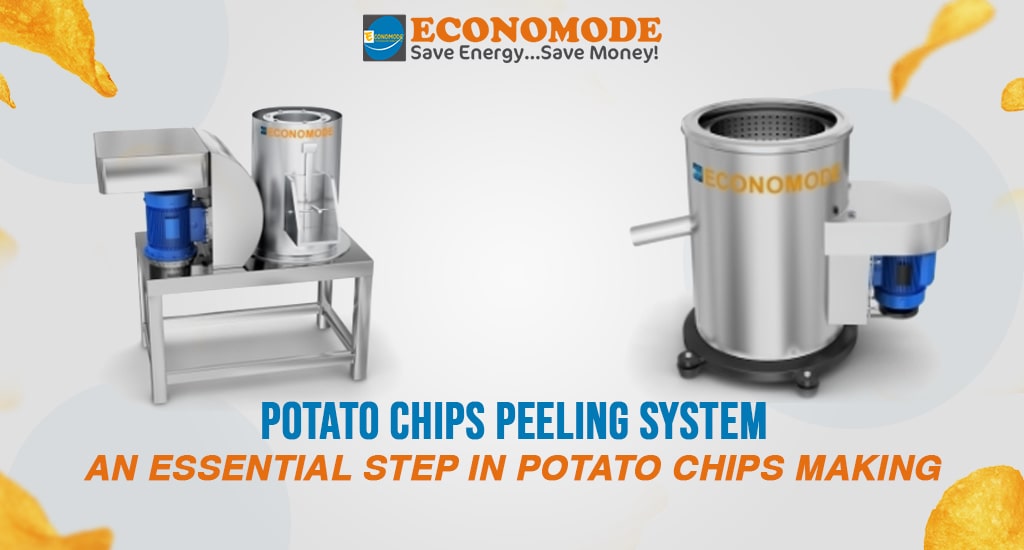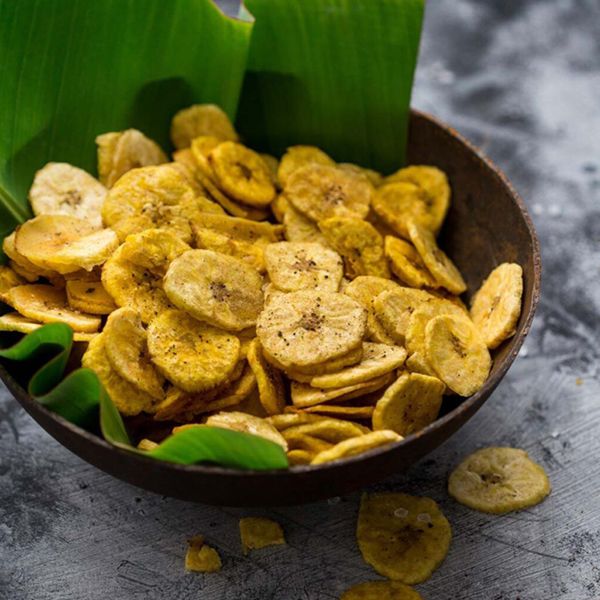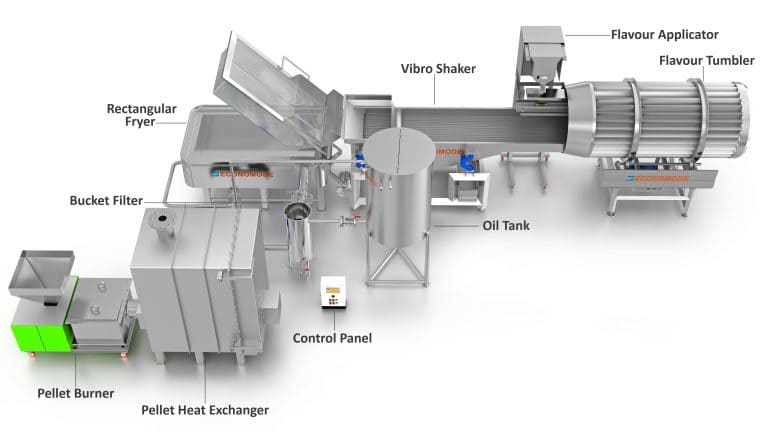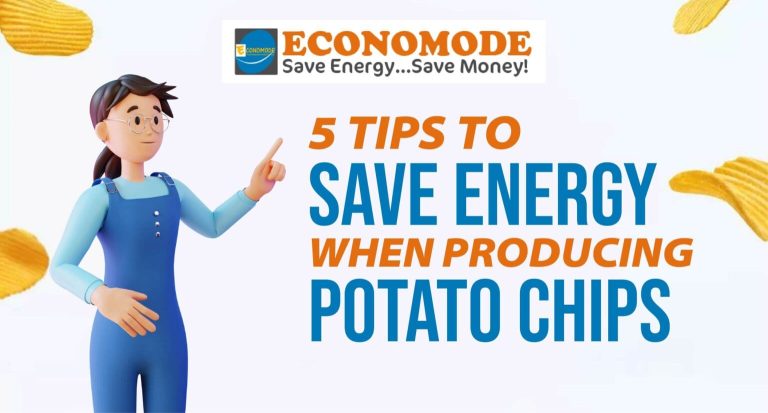
- EconomodeFood
- March 4, 2023
- 5:45 pm
- One Comment
Potato Chips Peeling System – An Essential Step in Potato Chips Making
Reading Time: 3 minutes
One of the most crucial tasks in the potato chips making process through the potato chips production line is peeling, and the efficiency and efficacy of the peeling technique as well as related procedures like washing, brushing, scrubbing, and polishing heavily influence the output.
Peeling also removes any bruises or spots on the potato, which can affect the taste and texture of the final product. Therefore, a good peeling system is crucial in ensuring that the potato chips are of high quality and free from any contaminants when manufactured through a
fully automatic potato chips line.
In the past, potato peeling was done manually, which was a time-consuming and labor-intensive process. However, with the advancement of technology, automated potato peeling systems have become widely available, making the process more efficient and cost-effective.
Fully Automatic Potato Chips Line
Potato chips making process
Potato chips making goes through several stages in
Automatic Chips Fryer and one of the most important and stringent tasks is peeling potatoes properly. Here’s how it works:
- Loading: Raw potatoes are loaded into a hopper, which then feeds them into the peeling system.
- Washing: The potatoes are washed with water to remove any dirt or debris.
- Peeling: The potatoes are then sent through a series of rollers or abrasive surfaces that remove the skin. This process can be done with water, air, or a combination of the two.
- Inspection: Once the potatoes are peeled, they are inspected for any remaining skin or blemishes.
- Slicing: The potatoes are then sliced into thin, even slices using a specialized cutting machine.
- Frying: The sliced potatoes are fried in hot oil until they are crispy and golden brown.
- Seasoning: Finally, the chips are seasoned with salt or other flavorings, and then packaged and prepared for distribution.
Overall, the potato chips peeling system is an essential part of the potato chip-making process, as it ensures that the finished product from the potato chips machine is of high quality and free from any unwanted impurities.
Batch Type Potato Chips Pellet Pine with Pellet Heat Exchanger and Burner
Two types of potato chips peeling systems
There are two main types of potato chips peeling systems: abrasive peeling and steam peeling.
Abrasive peeling involves using a rough surface to remove the outer layer of the potato. This is typically done using a rotating abrasive disc, which rubs against the potato, peeling off the skin.
Steam peeling, on the other hand, uses high-pressure steam to soften the skin, which is then removed using a mechanical peeler.
Both abrasive and steam peeling systems have their advantages and disadvantages.
Abrasive peeling is faster and more cost-effective, but it can cause damage to the potato, resulting in a lower-quality product.
Steam peeling, on the other hand, is gentler on the potato, resulting in a higher-quality product, but it is slower and requires more energy.
Regardless of the type of peeling system used, it is essential to ensure that the potatoes are thoroughly washed and inspected before peeling. This ensures that any dirt, debris, or contaminants are removed before putting them in the potato chips production line, which can affect the quality of the final product.
Economode, a potato chips line manufacturer, with a remarkable international reputation in delivering top-notch potato chips making line and its accessories design complete peeling systems, post-peeling processes, and sorting equipment.
In conclusion, peeling potato chips is an essential step in the potato chips-making process. It ensures that the potato chips are of high quality, free from contaminants, and have a consistent taste and texture. With the availability of automated peeling systems, the process has become more efficient and cost-effective, making it easier for manufacturers to produce high-quality potato chips in large quantities.






